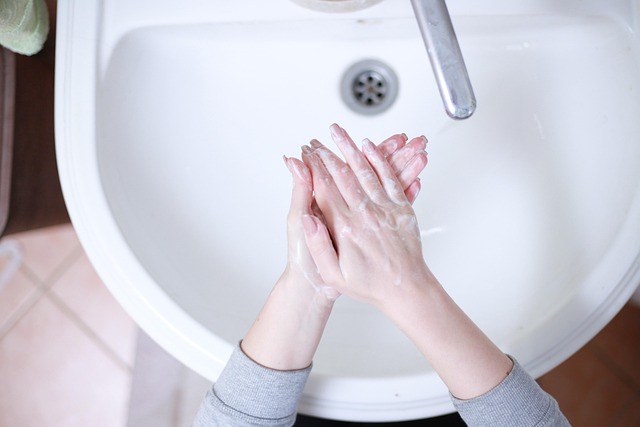Mice Removal: Practical Steps to Manage Home Infestations
Mice in a home can be unsettling and persistently damaging, but understanding how they behave and which measures work can reduce risk and restore safety. This article explains why mice invade dwellings, the risks rodents pose, how to use pest control and traps responsibly, and how to recognize and respond to an infestation in your area. Practical tips focus on prevention, humane handling where possible, and when to seek professional help.

Why mice enter homes (mice)
Mice look for food, water, and shelter; homes often provide all three. Gaps around foundations, utility penetrations, and poorly sealed doors offer easy entry points. Once inside, mice reproduce quickly and will exploit cluttered storage, kitchens, and attics for nesting material. Seasonal changes — particularly colder months — increase the likelihood of indoor movement. Regular inspection of exterior gaps and sensible storage of food and waste reduce attraction. Understanding these motives helps prioritize which areas to secure first when addressing rodents.
Health and structural risks from rodents (rodents)
Rodents can carry pathogens on their fur, urine, and droppings, contaminating surfaces and food. Chewing behavior can damage wiring, insulation, and stored goods, increasing fire and repair risks. Although not every mouse will transmit disease, the presence of droppings or nesting materials is a clear hygiene concern. Homeowners and renters should clean affected areas with care, using gloves and disinfectant, and avoid sweeping or vacuuming droppings without protective steps because this can aerosolize particles.
Preventive pest control measures (pest control)
Effective pest control emphasizes exclusion, sanitation, and habitat modification before reactive measures. Seal entry points larger than a quarter inch with steel wool, caulk, or metal flashing; replace weather-stripping on doors and install door sweeps. Keep exterior trash sealed, remove outdoor clutter and brush, and store pet food and birdseed in rodent-proof containers. Inside, reduce access to food by using sealed containers for pantry items and cleaning crumbs promptly. For persistent problems, consult local services experienced with integrated pest management in your area.
Choosing and using a trap safely (trap)
Trapping is a common approach when mice are present. Live-capture traps may be suitable for small problems if local rules and humane release practices are followed; however, they require daily checks and an appropriate release location away from other homes. Snap traps are widely used for quick lethality but must be placed where children and pets cannot reach them. When placing any trap, use non-toxic bait like peanut butter, check traps frequently, and dispose of captured animals or carcasses safely. Always follow manufacturer guidelines and local regulations.
Signs of an infestation and next steps (infestation)
Common signs of infestation include droppings near food sources, gnaw marks on packaging and wiring, greasy rub marks along baseboards, scratching noises at night, and nests made of torn paper or fabric. If you detect multiple signs in separate rooms or see several mice, the issue is likely an established infestation. Begin by documenting what you find, sealing obvious entry points, and increasing sanitation. For larger or recurring infestations, contact trained technicians who can assess population size and propose an appropriate combination of exclusion, traps, and targeted treatments.
This article is for informational purposes only and should not be considered medical advice. Please consult a qualified healthcare professional for personalized guidance and treatment.
Conclusion
Addressing mice removal requires a combination of prevention, careful use of traps, and, when necessary, professional pest control support. Regular inspection and simple household changes — sealing gaps, improving sanitation, and removing attractants — reduce the likelihood of rodents returning. When handling traps or cleaning areas with droppings, follow safety guidance to limit exposure. A measured, informed approach helps protect both property and household health without unnecessary risk.






